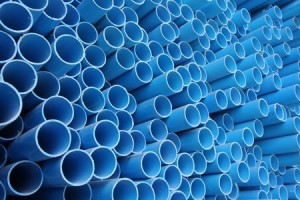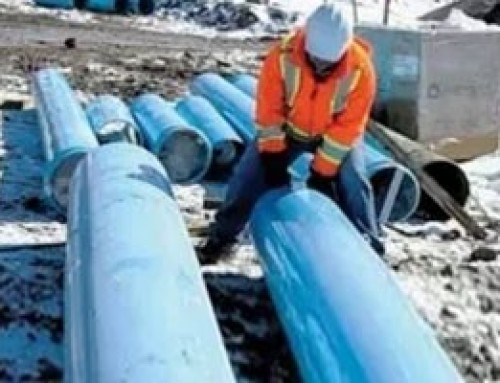
So in the spirit of World Water Day, let’s talk about the systems put in place to ensure you get clean water to your home. Let’s keep the past in the past and start talking about the water infrastructure that is underneath us right now.
1917: The Iron Standard
19th century Britain was the first to standardize cast iron water pipes into their infrastructure. This method was chosen because it made the most sense at the time. Iron was available, it was known to be a strong material, presumed to withstand centuries of use, and for a while, those pipes did what we needed them to do. But of course, with time, we outgrew iron pipes and found something more sustainable.
1936: A More Sustainable Future

Though vinyl pipe was originally engineered in 1933, it wasn’t until 1936-1939 that people began using it for water mains. After 60 years of research and evaluation, experts found that vinyl pipe can last over 110 years, and it is a non-corroding material; this fact alone is important because most water main breaks are caused by corrosion found in the iron ductile pipe.
Uni-Bell PVC Pipe Association has shared some helpful research; Like each day, an average of 850 water main breaks occur in North America and that since January 2000, there have been more than 5 million broken (iron) water mains in North America that resulted in more than $50,000,000,000 in water main repair costs.
It’s not just about the reliability and durability though; it’s also a matter of general health and safety. Because iron is a porous material it can become a breeding ground for bacteria, which was evident in 2000 when the Ecoli infiltration in Walkerton, Ontario happened. Vinyl is a smooth, nonporous product, which doesn’t allow for bacterial growth; just one of the reasons vinyl is the material of choice in hospitals.
We have come a long way from digging trenches for sewage transport, but we still have a lot of work to do. If you want to learn more about why vinyl is the future of water infrastructure, then check out some of these super helpful resources, or ask a question here!





